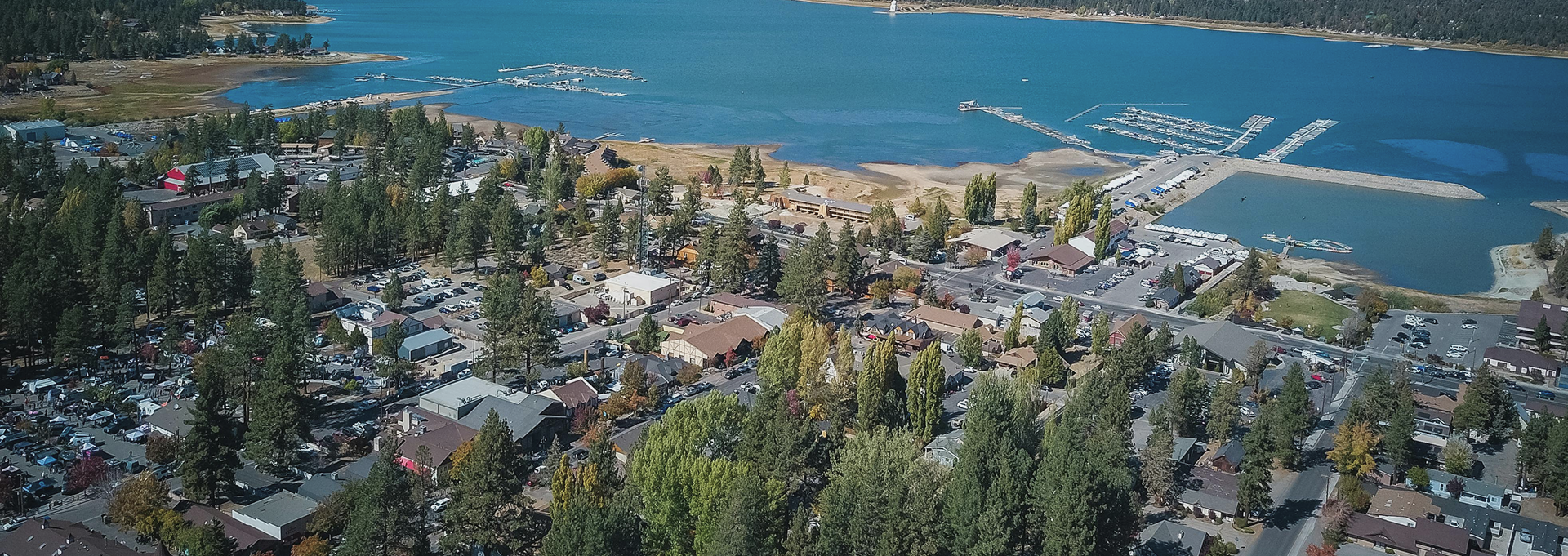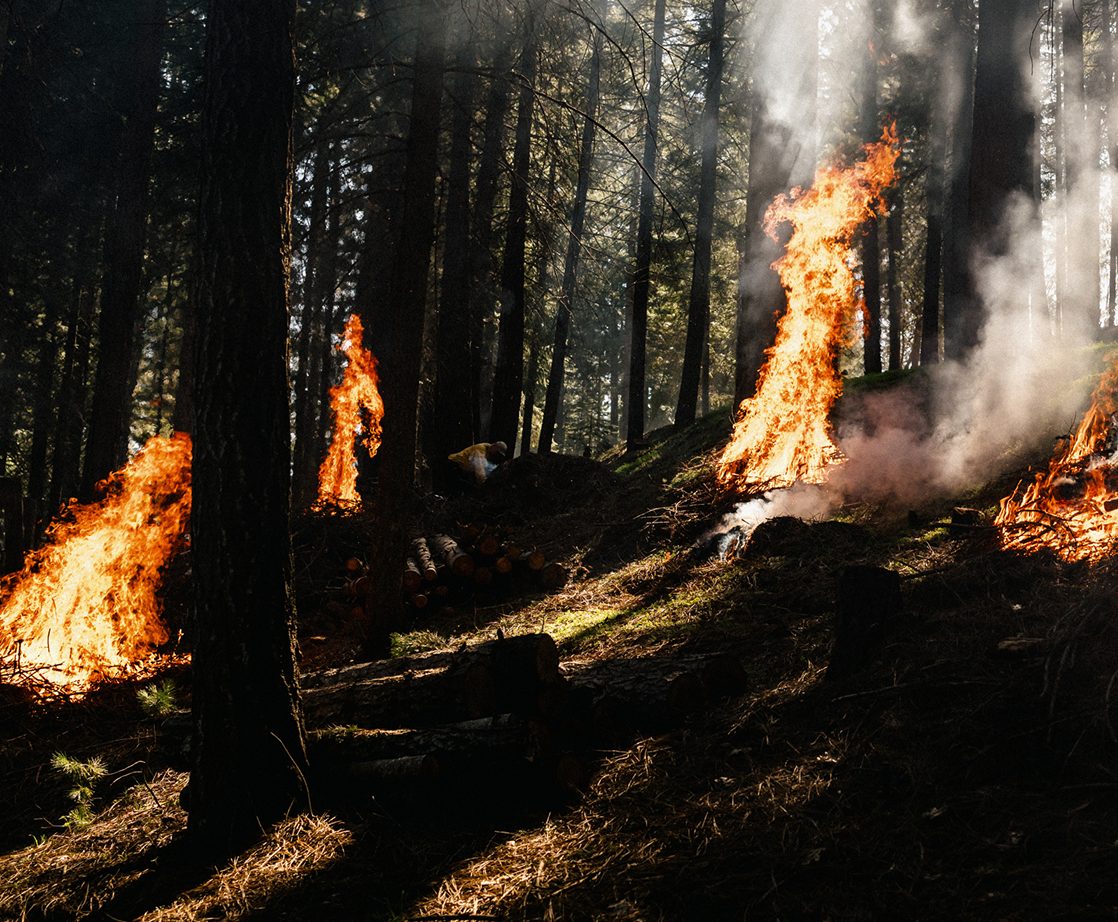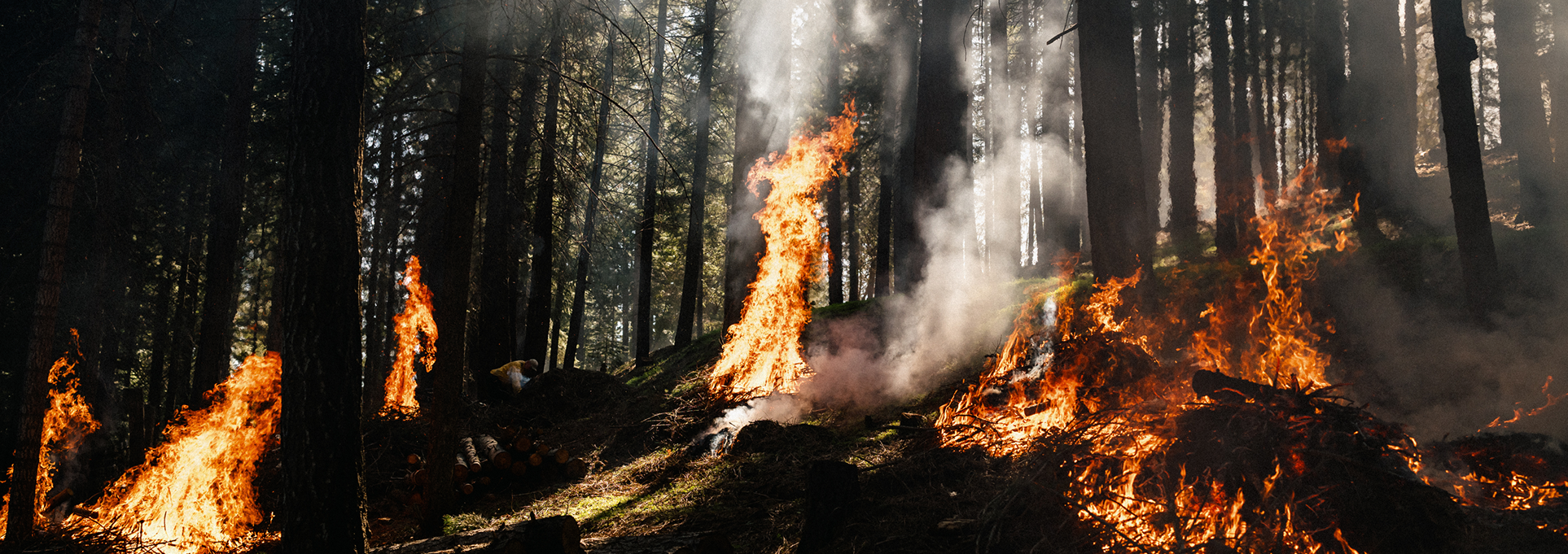California’s devastating Eaton fire, which destroyed 9,400 homes, damaged another 1,100, and caused up to $45 billion in insured losses, serves as a stark reminder of what happens when communities delay wildfire risk mitigation. And just two weeks following the Eaton fire, 165 structures burned in The Dalles, OR and dozens of structures have burned in communities across NV, NM, and UT.
Vibrant Planet and its ecosystem of companies is working to help land managers across the West mitigate this mounting wildfire risk within their own communities. Our wildfire science team, Pyrologix, is generating some of the most comprehensive wildfire risk data available, often in collaboration with partners at the USFS and Headwaters Economics. Through our nonprofit arm, Vibrant Planet Data Commons (VPDC), an independent 501(c)(3), we’re making many of these critical datasets publicly available. VPDC publishes data to support academic advancement and help the public understand the wildfire risk many communities face in the U.S., highlighting ways that risk can be effectively mitigated.
Our latest collaboration with VPDC showcases how the following seven communities facing high wildfire risk across the West can embrace data to strategically reduce their chances of becoming the next Eaton, California:
- Alamogordo, New Mexico
- Big Sky, Montana
- Boulder, Colorado
- Cedar City, Utah
- Elko, Nevada
- Flagstaff, Arizona
- McCall, Idaho
The project, The Cost Of Delay: Why Investment in Strategic Wildfire Risk Management Can’t Wait showcases the importance of upfront wildfire mitigation investments. It’s a powerful example of the insights each of our companies is capable of delivering:
- Pyrologix, a Vibrant Planet company and leader in wildfire modeling nationally, provided hazard, structure exposure, and vulnerability scoring to model how wildfire would move into the at-risk communities – a concept Pyrologix calls Pyrocity™.
- Vibrant Planet leveraged our wildfire risk planning platform to model effective treatment analytics—showing where moderate investments in strategically placed mitigation treatments can dramatically reduce structure loss by reducing fire intensity and structure exposure.
- VPDC brought the data to life in a compelling visual narrative, offering communities insights into the benefits of proactive wildfire risk mitigation while warning of the escalating consequences of inaction.
The story shows how a combined investment of just $138.9 million in targeted wildfire resilience treatments could avoid an estimated $1.01 billion in wildfire-related structure losses. This analysis highlights three fundamental truths about wildfire preparedness that we hope these communities, and others, embrace:
- Strategic investments save lives and homes. Strategically placed fuel treatments in the wild-urban interface, and broader landscape scale, coupled with neighborhood-level actions (clearing defensible space, hardening structures), consistently knock down fire intensity and give crews the time they need to more successfully evacuate and defend communities. The data doesn’t lie – risk mitigation works.
- Risk mitigation makes economic sense. An ounce of prevention today is worth a pound of a cure when it comes to mitigating wildfire risk. Modest investments in reducing risk before a fire breaks out can avoid 10X or more in avoided losses, without accounting for avoided costs to human health from catastrophic wildfire smoke, and impacts to water, biodiversity, carbon sinks and other critical ecosystem services. Reducing risk and fire intensity also keeps firefighters safer and reduces suppression costs.
- The benefits are crystal clear. In the last five years, wildfires have cost the US economy more than $394–$893 in property damage. In comparison, strategically investing $138.9 million invested in mitigation projects for just the featured seven communities would safeguard roughly $1.01 billion worth of at-risk structures.
The story also performs a post-fire analysis on the Altadena fire, the community destroyed in the wake of the Eaton Fire, to understand whether risk mitigation would have helped. Our modeling shows that a targeted $9 million investment in fuel reduction and strategic fire breaks in the wild-urban interface along the foothills of Altadena could have made a significant difference. This pre-fire work could have reduced fire intensity, slowed fire spread, and decreased ember transport from wildlands into the community. It’s possible these treatments could have given firefighters critical time to evacuate residents and defend the community.
In an era of increasingly intense and frequent wildfires, we know communities need more than general warnings—they need high-resolution, up-to-date data to build comprehensive, specific risk reduction plans. At Vibrant Planet, our collaborative, integrated platform brings together fine-scale vegetation data with leading fire models, plus data that represents water, biodiversity, recreation and other local values, to provide a comprehensive view of community values at risk, and the ability to develop actionable plans to build wildfire resilience.
“When it feels like everything is at risk, it’s hard for communities to know where to start.” said Allison Wolff, CEO and Co-Founder of Vibrant Planet “Vibrant Planet’s platform exists to support proactive, strategic risk mitigation and to help communities achieve “herd immunity” to wildfire by making sure that every landowner, at parcel scale, across neighborhoods and parks and federal lands surrounding neighborhoods is engaged.” Watch her recent testimony to the Subcommittee on Federal Lands during an oversight hearing on the Fix Our Forests act and read the recap from Wildfire Today.
“The Cost of Delay serves as a stark reminder that proactive investment in wildfire mitigation is a social, environmental, and economic imperative," explains Joe Scott, Chief Fire Scientist at Pyrologix, "we’ve seen wildfire hazard and community vulnerability growing over many years, but we have been slow to act. By combining our advanced wildfire modeling with Vibrant Planet’s risk mitigation prioritization and decision support, we can keep communities, local water sources, critical wildlife habitat, and recreation based economies intact and thriving."
Oktay Dogramaci, President of VPDC, emphasizes the democratizing power of accessible information: "Our goal is to make complex forest science and wildfire risk data accessible through powerful visual stories. We empower communities and policymakers to make informed decisions that will save lives and livelihoods. The Cost of Delay exemplifies how shared data can drive collective action."
Matt Weiner, CEO and Co-Founder of the nonprofit Megafire, underscores the urgency: "As we face increasingly intense fire seasons, initiatives like the 'Fix Our Forests' act offer pivotal opportunities. Our collaborative efforts—providing comprehensive data from hazard assessment to actionable plans—are essential to translating legislative intent into tangible, on-the-ground resilience."
At Vibrant Planet, we're not just analyzing the problem—we're actively building solutions for a more resilient future. Through robust data, collaborative partnerships, and a shared commitment to accessibility, we're transforming how communities prepare for wildfire risk. We’re proud to partner with the Vibrant Planet Data Commons, a 501c3, to bring this critical information in a data-driven narrative to motivate action.












